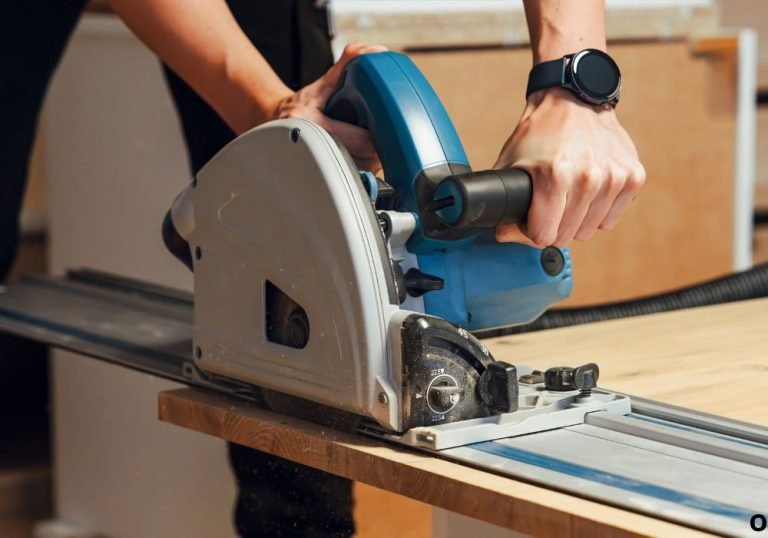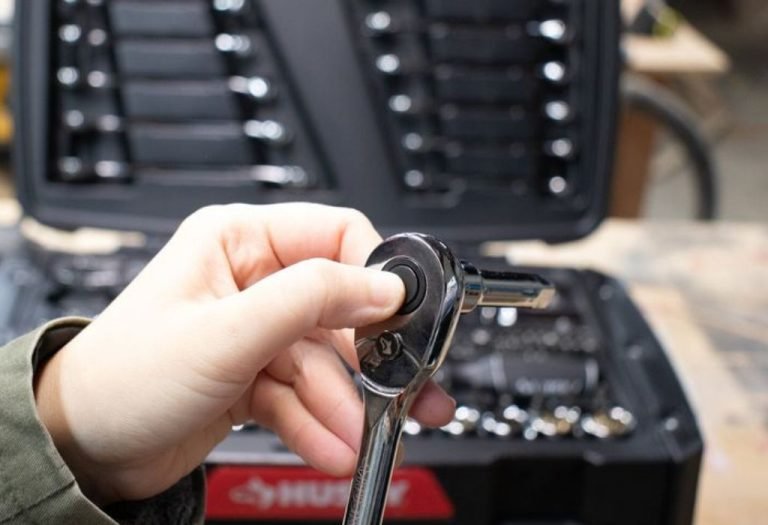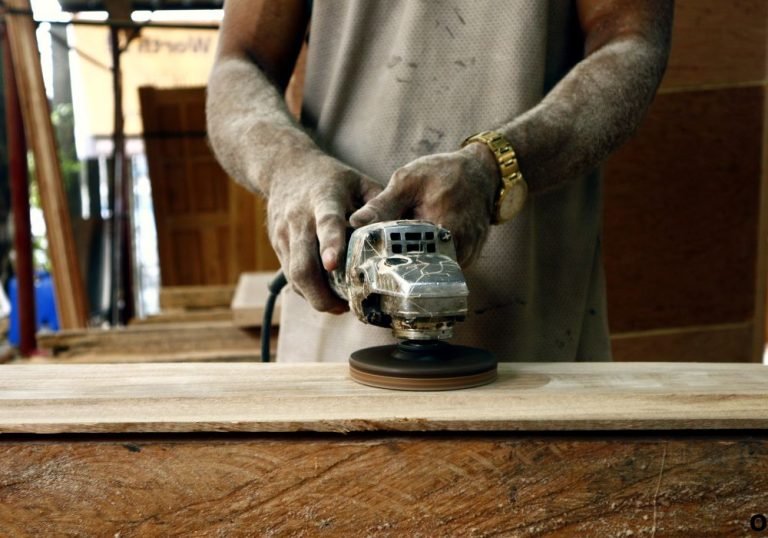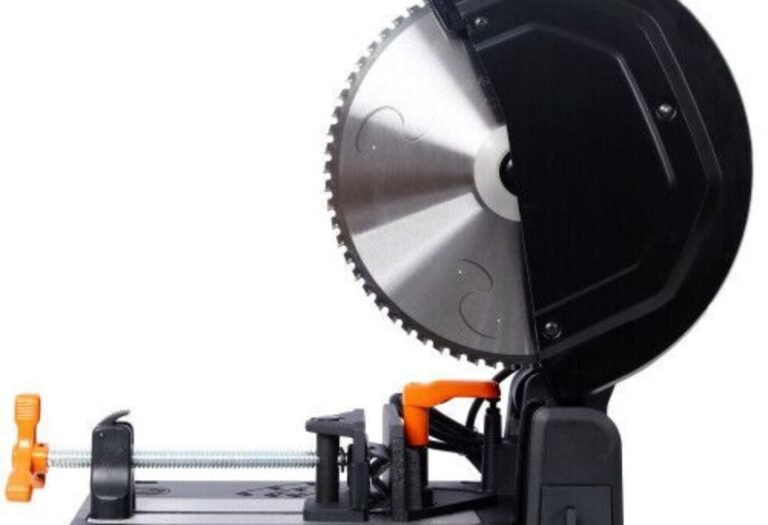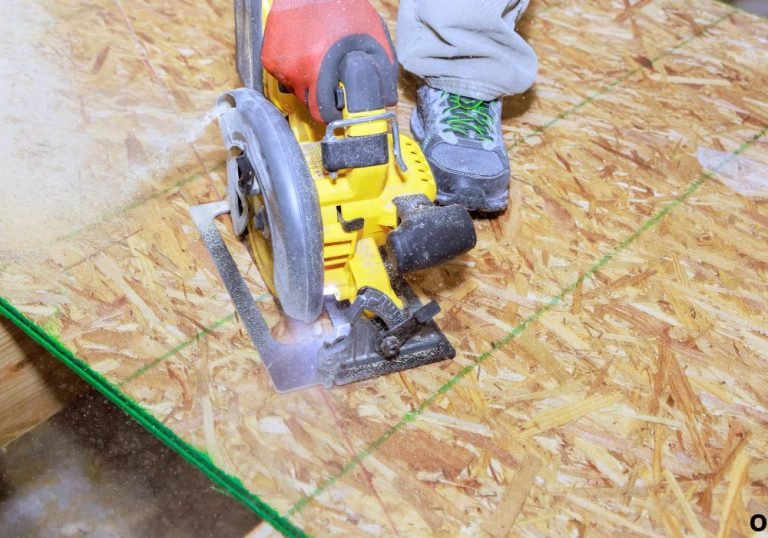How to Find Studs on Exterior Walls: Step-by-Step Guide
A homeowner stands outside ready to hang a new light fixture, but drilling into the wall without knowing where the studs are feels risky.
The question quickly becomes how to find studs on exterior walls without damaging siding or hitting hidden obstacles.
Drilling blindly may lead to loose installations, cracked siding, or expensive repairs that could have been avoided.
Exterior walls are more complex than interior ones because they contain multiple layers such as siding, insulation, and sheathing.
Missing a stud means that heavy objects like awnings, TVs, or shelves may eventually pull free from the wall.
The danger is not just property damage but also personal injury, since falling objects cause nearly 20,000 injuries every year in U.S. homes (CPSC).
Repairing exterior wall damage can also be expensive, with costs ranging between $500 and $2,500 depending on materials (HomeAdvisor).
These numbers highlight why accuracy matters when searching for studs outdoors.
Studs are always present in exterior walls, but finding them can be challenging without the right approach.
Fortunately, there are proven techniques and tools that make the process easier and more reliable.
Deep-scan stud finders, careful measuring, and visual clues like siding nails can all guide you to the correct spot.
By using the right methods, you can avoid costly mistakes, protect your walls, and ensure your project lasts.
This guide will walk through tools, techniques, and expert tips to help you find studs on exterior walls confidently and safely.
Why You Need to Locate Studs on Exterior Walls
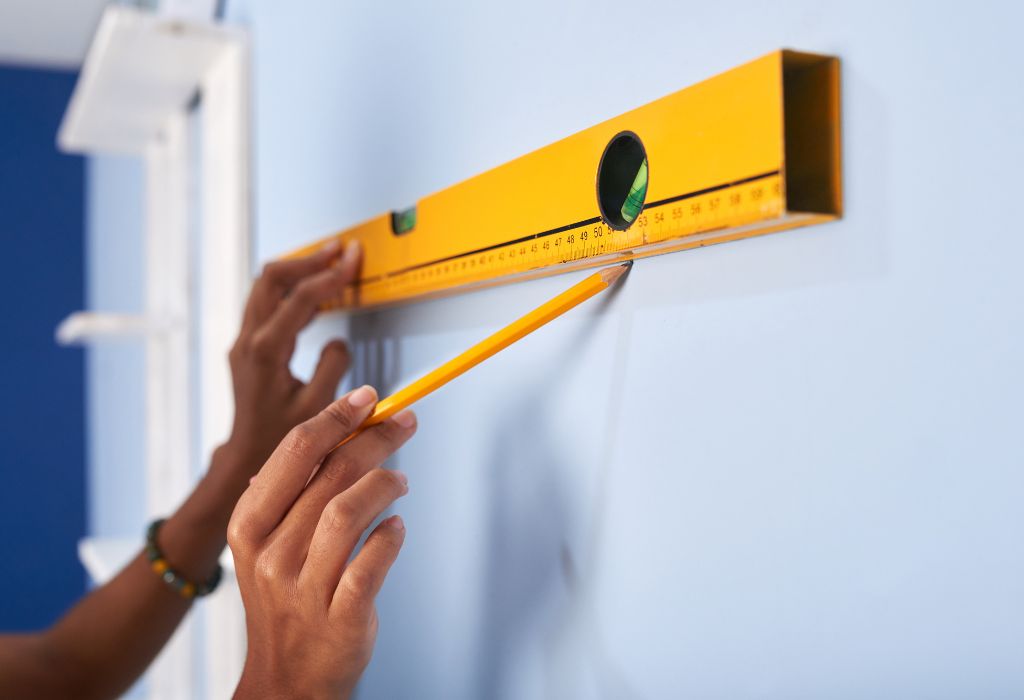
Exterior studs provide the structural framework that holds siding, windows, and mounted fixtures. Without locating them, drilling becomes a gamble that risks weak anchoring.
Mounting heavy objects like exterior lights, security cameras, or awnings requires the strength of studs. Screws driven only into siding or sheathing are likely to loosen over time.
Why are exterior studs important?
They provide strong support for heavy installations.
Can you drill into siding without studs?
No, it creates weak and unsafe mounts.
Do all exterior walls have studs?
Yes, they are part of every framed wall structure.
Is it dangerous to miss a stud?
Yes, objects may loosen, fall, and cause damage.
Understanding Exterior Wall Construction
Exterior walls differ from interior ones because they include protective layers. Siding, insulation, and sheathing cover the studs, making them harder to detect.
Studs are usually spaced 16 or 24 inches apart in modern homes. However, older houses may have irregular spacing, which complicates stud finding.
Insulation materials like fiberglass and foam also affect stud detection. These layers absorb sound and reduce the effectiveness of knocking or tapping techniques.
What is standard stud spacing?
Most modern studs are 16 or 24 inches apart.
Can siding hide studs completely?
Yes, siding and sheathing conceal studs under layers.
Does insulation affect detection?
Yes, it creates false signals and muffles sound.
Do brick or stucco walls have studs?
Yes, wood studs exist behind veneer or masonry.
Tools and Methods to Find Studs on Exterior Walls
Several methods make it easier to find studs outdoors. Stud finders with deep-scan modes are the most reliable for thicker exterior walls.
Magnetic stud finders detect nails or screws that fasten siding to studs. Knocking and listening for hollow vs. solid spots can also give clues.
Measuring from corners, windows, and doors is another reliable method. Studs are often placed along these framing points.
What is the best tool for exterior studs?
A deep-scan electronic stud finder.
Can magnetic stud finders work outside?
Yes, they detect nails or screws in siding.
Does tapping help find studs?
Yes, solid sounds suggest stud locations.
Can you measure from corners?
Yes, studs are usually 16–24 inches apart.
Step-by-Step Guide to Finding Studs Outside
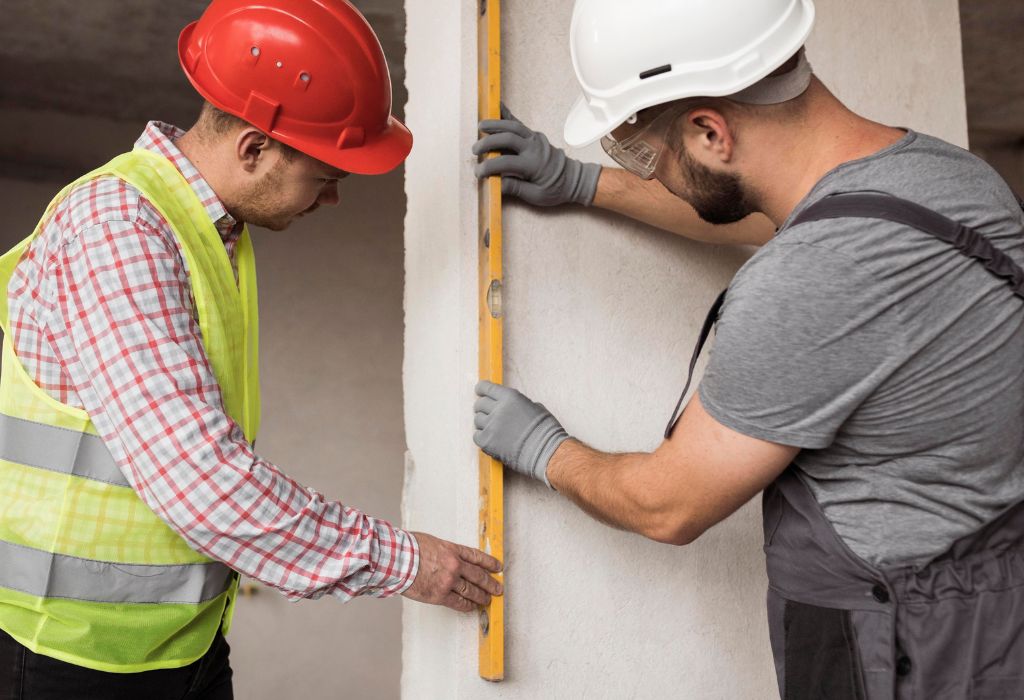
Start at a corner of the wall and measure 16–24 inches to locate the first stud. Use a stud finder in deep scan mode to confirm.
Once a stud is found, verify by scanning vertically to ensure alignment. Look for siding nails or fasteners that run in a straight line, as these often indicate stud placement.
If necessary, drill a small pilot hole to confirm the stud before mounting heavy objects. Always seal the hole if it will not be used to prevent water damage.
How do I begin locating exterior studs?
Start measuring from a corner at standard spacing.
Should I trust one reading from a stud finder?
No, confirm with multiple vertical passes.
Do siding nails indicate stud positions?
Yes, nails often align directly with studs.
Is a pilot hole necessary?
Yes, it provides final confirmation.
Challenges in Finding Exterior Studs
Finding studs on exterior walls is harder than indoors. Thick siding, stucco, or brick veneers can interfere with stud finders.
Insulation also causes false positives by blocking signals or muffling tapping sounds. Older homes may not follow standard stud spacing, adding another layer of difficulty.
Stucco walls often contain metal lath that confuses stud finders. These conditions require extra verification before drilling.
Why is exterior stud finding more difficult?
Layers of siding and insulation block detection.
Can insulation confuse stud finders?
Yes, dense materials give false signals.
Are older homes harder to measure?
Yes, they may not follow standard spacing.
Does stucco complicate detection?
Yes, metal mesh interferes with signals.
Pro Tips for Locating Exterior Studs Accurately
Invest in a high-quality stud finder with deep scanning features. Cheap models may not penetrate exterior layers effectively.
Always cross-check with siding fasteners before drilling. If two methods confirm the same spot, the likelihood of accuracy is higher.
Verify by checking multiple points along a vertical line. Use a small pilot hole to confirm without creating large damage.
Which stud finder mode works best?
Deep scan mode is the most effective.
Should I confirm in multiple spots?
Yes, check vertically for alignment.
Do siding seams help find studs?
Yes, nails and seams are strong indicators.
Is pilot drilling safe?
Yes, small holes minimize risk.
Safety Considerations When Drilling Exterior Walls
Safety is critical when working on exterior walls. Electrical wires may run vertically or horizontally, especially near outlets or lights.
Plumbing lines can also be hidden in exterior walls near kitchens or bathrooms. Drilling without caution risks hitting water or gas pipes.
Always wear protective equipment when drilling into stucco, brick, or cement board. Seal drilled holes properly to prevent water leaks and long-term wall damage.
Can drilling hit electrical wires?
Yes, wires often run behind exterior walls.
Do plumbing pipes run in exterior walls?
Yes, especially near kitchens and bathrooms.
Should I wear safety gear?
Yes, goggles and gloves are essential.
Do drilled holes need sealing?
Yes, to prevent leaks and water damage.
Market Trends in Stud Finder Tools
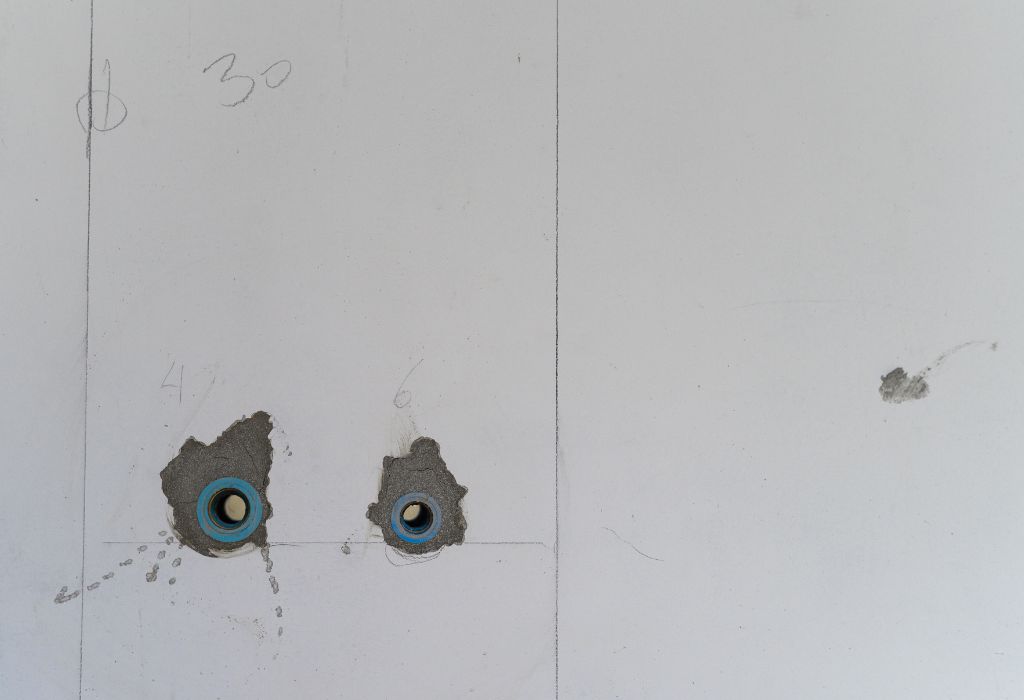
Stud finders continue to evolve with advanced features. Multi-sensor models improve accuracy in thick walls.
Smartphone-connected stud finders are becoming popular among DIY homeowners. These tools provide real-time results on mobile apps.
AC wire detection is now standard in many models, reducing risks of electrical accidents. Deep scan finders are especially valued for exterior wall projects.
Are modern stud finders more accurate?
Yes, advanced sensors improve reliability.
Do some stud finders connect to smartphones?
Yes, app integration is available.
Is AC wire detection useful?
Yes, it prevents dangerous drilling accidents.
Are deep scan models worth it?
Yes, especially for exterior wall detection.
Conclusion
The answer to how to find studs on exterior walls is to combine measurement, stud finder tools, and visual inspection. Deep scan stud finders and siding fastener checks provide the most reliable results.
Exterior walls are harder to read than interior walls due to insulation, stucco, and other layers. However, with patience and the right tools, studs can be located accurately and safely.
Finding studs ensures secure mounting, prevents damage, and protects your investment in outdoor projects. With careful planning, you can confidently drill into exterior walls without risk.

I’m Michael R. Turner, the founder, lead writer, and passionate DIY enthusiast behind 101diytools.com. With years of hands-on experience in home improvement and power tools, I built this platform to share practical tips, in-depth guides, and honest reviews to help DIYers of all skill levels tackle projects with confidence and the right tools.


